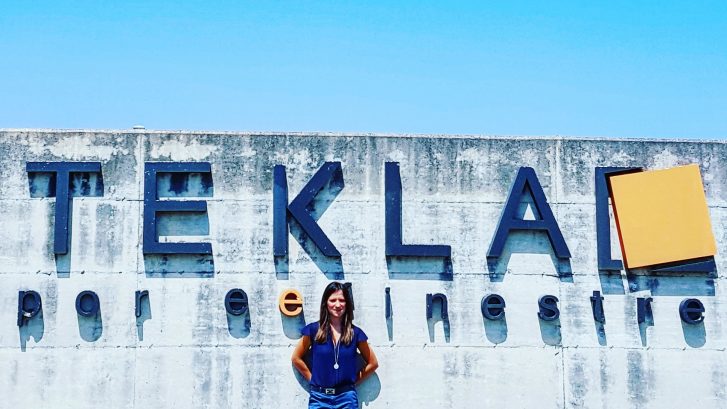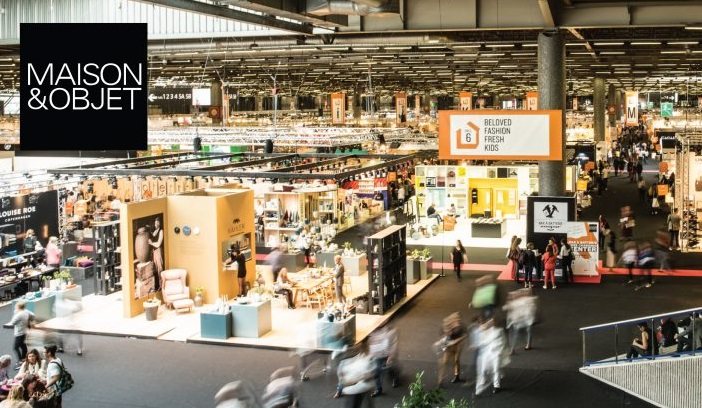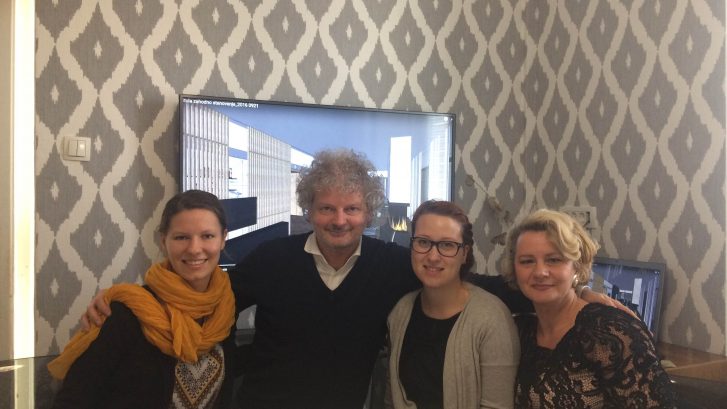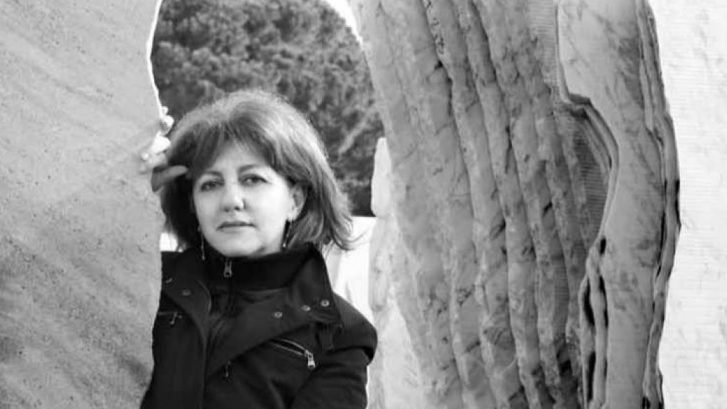His projects in the fields of urban redevelopment and conservative restoration, directional design and renovation of private buildings like tourism facilities and designer buildings are characterised by a formal simplicity and absolute elegance of construction.
The prizes and awards he has received on an international level place him at the centre of an eclectic and innovative sphere of creativity.
It is our pleasure to have him with us to present a vision of the world we live in.
The future is not a gift but something we have to work for every day. What do you envisage for future generations?
The future is always something uncertain and that is not necessarily a bad thing.
Our times are already very difficult and unfortunately there is much uncertainty for the future of us all.
Young people are caught in the middle of this historic revolution of the labour market, with the boom of the digital age and the economic crisis to which many countries around the World have fallen prey. Young people are always amazed at the great differences between what their parents went through and what they themselves live every day and wish for their future. Like during any historical period, the past and the future are in opposition. Adults have a “vision” that is invariably tied to the past and their experiences, while young people generally have a revolutionary and more advanced “vision”.
The digital age has changed the Modern World and the young people of today are the result of, and pivotal to this change. They represent the basis for a new future that will surely have to take into account the errors and positive experiences of the past and form the foundations for something new that I think is still unknown.
Technology has changed our future. How are exhibition venues and the culture of living evolving in this era of advanced technology?
Advanced technology and the digital age have completely changed how we live, exist, communicate and promote “doing”. Despite a greater emphasis on technology and an absolute search for the “new” and “technological”, there is fortunately a return to the simple things and true values of life, doing and existence.
I see that all this is beginning to harmoniously integrate with the digital age and an outcome is the synthesis of this confluence which will be of great benefit to the community and to progress.
The success of “Made in Italy” is due to our creative capacity expressed mainly through design and a taste for beauty, and a favourable position on the foreign exchange market. Today, development is about “low cost” and “high value”. In your opinion, will Italy be able to continue promoting “Made in Italy”?
We represent Italy. We are the Italians who, throughout history, have always excelled in “doing” and creativity. Although this is currently an extremely difficult period, there is already a new revolution in living and working that combines quality of life and the originality of “doing”.
Are there good design schools in Italy?
There are now many Design Schools in Italy, in fact I would say there are too many and unnecessarily so.
The profession of the designer has been overrated for years. Most design schools create an illusion as the future cannot cater for such a high number of new designers around the world, especially since the quality and level of specialisation are too low.
I think this will only result in more disillusioned and unemployed people who, without any real career, will pride themselves on renderings that may be beautiful but, more often than not, unfeasible and prohibitively expensive and totally unsuitable for an increasingly ruthless and speculative global market.
Personally, I would suggest that, instead of more design schools, we should have Arts and Crafts laboratories of excellence where the digital era must integrate synergistically with skilled craftsmanship, technology and what Italians “do” and “do well”.
At the last Milan Furniture Show we noticed a revival of the sector with a critical move in the area of design towards the Material, leaving behind a faded minimalism. What do you think?
Minimalism, like all fashions, has been relegated to memory; there are other fashions such as those of the super decorative and vintage, but even these will have an end. Precisely for this reason I believe that one should never set one’s sights on any particular fashion but instead follow a personal design path with an approach to creation that is fair, simple and beautiful.
How do you see the future of design?
I believe talking about Design is a thing of the past. In fact I think the era of Design has been an important historical period that, since the early ’50s, has breathed life into a cultural and creative economic trend generating great wealth and visibility for our country. Now we must turn the page as the mine has now been exhausted, and form a different “vision” better suited to our current period of history and the future.
By design, we now mean almost everything that is designed or put into production, whether beautiful or ugly, useful or useless, right or wrong; this has sealed the real end of Design and Excellence.
The future will undoubtedly be that of “doing” and “doing well”, of the useful without wasting natural and financial resources.
We must generate new synergies in new areas of doing, and create new fields of Excellence.
The future will be about functionality, ease and usefulness, doing things well and in the right way, where man existing in harmony with nature and resources will have to be the focus of the world and of culture.
As for the rehabilitation of historic centres in the provinces: in all developed countries, urban centres are experiencing a period of severe identity crisis; they are subjected to centrifugal forces that, due to new rules set down by the market, shift and transform their primary functions. Historical centres are changing from places of socialisation and exchange into new geographic entities and the elements that once formed the basis of their existence are all too often disappearing. The historical centre is no longer, therefore, a definite feature of our towns; it is no longer the point of reference that lends a specific identity to an urban area. What is your opinion of this?
Unfortunately, as an architect, I must say that urban planners have made many errors in the transformation of cities and regions.
The lure of a quick buck has caused irreparable damage and clouded the minds with easy speculations, and greatly harmed the community. Unfortunately such damage is still being caused as a result of nefarious deals that lose sight of the real needs of people, society, culture, memory and the land. It is Cyclopean damage that sadly has been going on all too long. We need a real Cultural Revolution that can put man and a peaceful future back at the centre of “Making Architecture” rather than the economic interests of the few who, supported by a nefarious political class, only cause damage to and sterility of true important “places”.
What projects are you working on right now?
There are several projects my staff and I are currently working on.
My eclectic tastes have always helped me greatly in my profession because I have always avoided the static nature of the simple offer of an architect or designer, entering rather into diverse and more specialised fields on a design, cultural and entrepreneurial level.
At the moment I am working a lot with companies as an all-round creative consultant to generate savings, break into new markets, create culture and lend quality to “doing” and to the product.
Consulting in the fields of Architecture, Interiors, Design and Exhibiting is still my daily bread but I should stress that there is a “modus operandi” to all my work that keeps Man, Nature, the Land and a future of great beauty and peace at the forefront.
We started with the future, but do you have any regrets regarding the past?
Oh no, definitely no regrets.
I think we shouldn’t regret the past but rather we must analyse it and always make the most of it.
The fact of having had a past is already something positive; in fact it is proof that we have existed and had experience.
The past can be more or less full of positive or negative things, experiences, defeats and victories, loves and disappointments, but this is right and normal.
Our task is to always bear in mind the past and all that it has given or taken from us.
Past experiences help us avoid making the same mistakes and give us strength to do things and in the right way, and achieve results; in my mind this is the basis for building the foundations of a better, peaceful and more beautiful future.
We thank the architect Diego Granese for giving us a clear vision of the contemporary world










